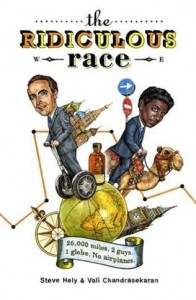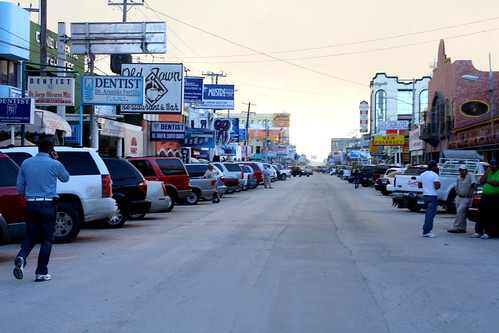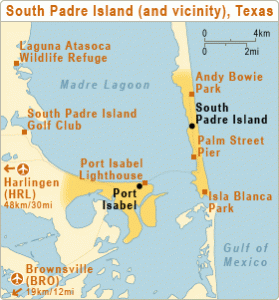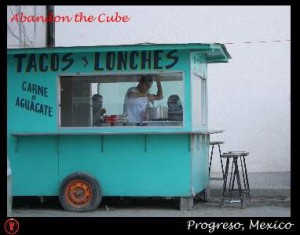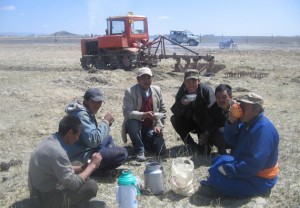Texas!
Texas! The only state in the union that considers becoming its own country on a daily basis and was an independent nation from 1836 to 1845. Texas! Known for the highest number of executions per year. A place so exciting and fast paced it took the armadillo as its state animal. Texas! The lone star state, a word that means “friendship” but a people at odds with both the north and the south. Ah, Texas. There is no other place in the union where history is so alive, so fierce that ‘death by cowboy’ is still considered a legitimate fear. The politics are ripe and raw, the people are hardy and tough, and the sun beats down upon more people in Houston and San Antonio than in 31 other states. So, what did we northerners think of our 6 week stay in the Lone Star State? — I’m glad you asked:
Texans are a tough breed. The ones we met were rough and ready to deliver their political, religious and musical opinions without instigation, and we’re about as willing to listed to the northern view as a child is willing to listen to the news. But, despite their hotheadedness, they were a friendly and approachable people- despite the truck bed gun racks and camouflage clothing. Although we have games like “Big Buck Hunter” in the bars up north, there was nothing of that sort down in Texas. Instead, bar goes serenade each other with karaoke or play a charming game of shuffle board. No, they are not big hunters, they raise cattle instead, proving that brains outdo brawn any day. While the northerner is off hunting in the snow, the southerner is playing shuffle board at the bar while his steers make him millions. And if cattle isn’t the occupation of choice, then oil is. More readily available than water, in places, oil is the Lone Star’s liquid of choice.
What about the wildlife, the countryside, the great outdoors? Glad you asked. There is more than enough land in Texas to go around. Don’t ever worry that America will become to congested– it wont. There is land in Texas even the Texans don’t know what to do with. Things are so spread out, that without a car (or horse) it is nearly impossible to get around. Even in the cities there is a certain amount of space between structures that says, “hey, this here is my land, buddy. Get your own!” And, if you wanted your own land, it is available for sale in Texas and teaming with wildlife like hawks, lizards, strange pig-gazelle looking creatures and more. None of which us northerners have seen in the wild before and consider strangely comical when seen from a car window.
Having visited much of the USA, it is fair to say that Texas does indeed have something special. For the independent hermit or outspoken don Quixote, this is the place to be. Austin has great live music and cosmopolitan flare, Houston has NASA (and Billy Bob Thorton) and San Antonio has the Alamo- possibly America’s most famous underdog story.


